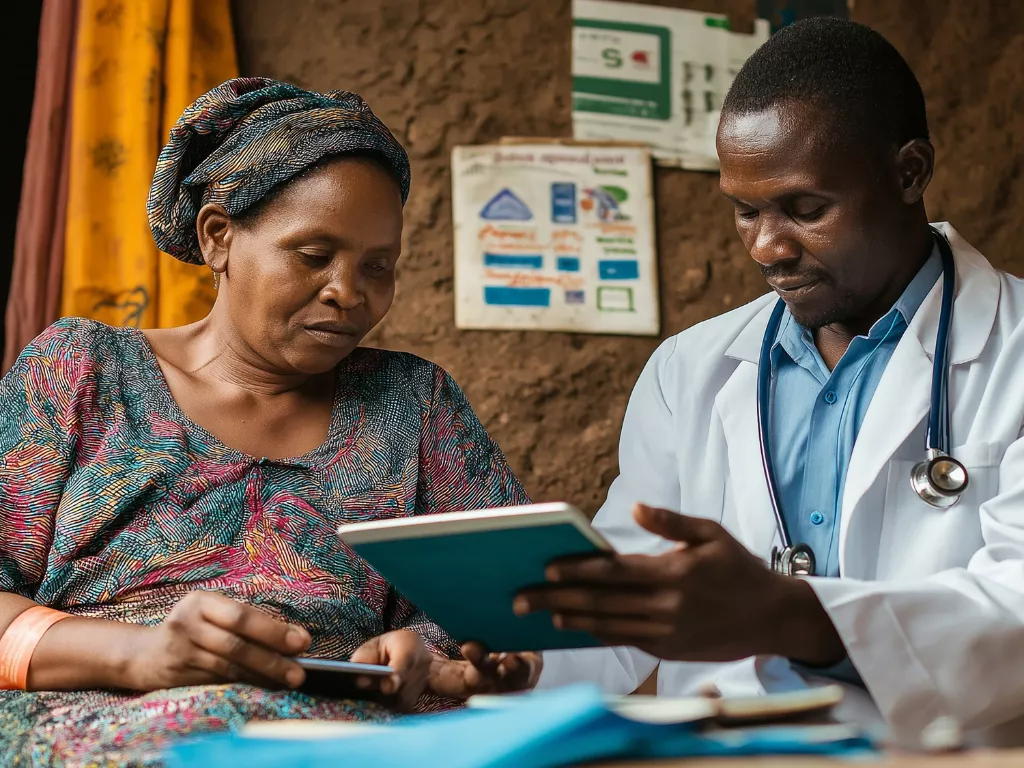Cognitive Ergonomics: Understanding Human Interaction with Technology
In today's technology-driven world, understanding how humans interact with advanced technological systems is crucial for creating innovative, effective, efficient, and user-friendly products. At the heart of this innovation lies Cognitive ergonomics, a subfield of human factors engineering. It focuses on this interaction by examining the mental processes involved when individuals engage with technology. These processes include perception, memory, decision-making, reasoning, and motor response. This article delves into the core principles of cognitive ergonomics, its wide range of applications, and the benefits it brings to both users and designers.

The Principles of Cognitive Ergonomics
Cognitive ergonomics aims to optimize the interaction between people and technology by designing systems that accommodate human cognitive abilities and limitations. Key principles include:

Applications of Cognitive Ergonomics
Cognitive ergonomics aims to optimize the interaction between people and technology by designing systems that accommodate human cognitive abilities and limitations. Key principles include:

- User Interface Design: Ensuring that software interfaces are intuitive, reducing the cognitive strain required to navigate and use the software effectively.
- Control Systems: Designing control panels for complex systems, such as in aviation or nuclear power plants, to ensure operators can understand and manipulate controls without confusion or error.
- Healthcare: Developing medical devices and health information systems that healthcare professionals can use effectively without excessive mental strain, thereby improving patient care and safety.
- Automotive Industry: Creating ergonomically designed dashboard layouts and in-car systems that drivers can use without distraction, enhancing both safety and user experience.
- Consumer Electronics: Designing everyday gadgets, such as smartphones and home assistants, to be user-friendly and accessible, even for those with limited technical expertise.
- Aerospace Industry: Cognitive ergonomics in aerospace enhances safety and efficiency by optimizing air traffic control displays, cockpit layouts, flight management systems, training simulators, and maintenance interfaces to reduce cognitive load and boost accurate decision-making in complex environments. These applications ensure that human-machine interactions in aviation are intuitive, reliable, and conducive to maintaining high standards of operational performance and safety.
Example: Improving Air Traffic Control Systems
Background
Air traffic control (ATC) is a critical field where cognitive ergonomics plays a vital role. Controllers manage vast amounts of information and must make quick, accurate decisions to ensure the safety of aircraft. Traditional ATC systems often lead to increased cognitive loads and increased risk of errors.
Issues Identified
Controllers faced difficulties in managing vast amounts of information displayed on outdated radar screens, navigating through complex communication channels, and coping with high mental workloads, all of which increased the potential for operational errors and safety hazards.
Solutions and Best Practices
- Redesign of Displays: Radar screens were redesigned with clearer information presentation, including improved colour coding and spatial organization to enhance situational awareness and reduce cognitive load.
- Streamlined Communication Systems: Communication protocols were simplified and optimized to ensure faster and more effective exchange of information between controllers and pilots, reducing response times and enhancing coordination.
- Enhanced Training Programs: Comprehensive training programs were developed to educate controllers on utilizing the redesigned systems effectively, managing workload efficiently, and enhancing decision-making skills in dynamic operational environments.
Lessons Learned
- Clear and intuitive display designs significantly reduced cognitive load, enabling controllers to make quicker and more accurate decisions.
- Improved communication systems facilitated better coordination among ATC personnel and enhanced overall operational efficiency.
- Ongoing training and adaptation to new technologies were crucial in maintaining high-performance standards and mitigating risks associated with human error.
Benefits Achieved:
- Enhanced Safety: The redesigned ATC systems contributed to safer operations by reducing the likelihood of errors and improving situational awareness.
- Improved Efficiency: Streamlined processes and clearer interfaces led to more efficient air traffic management, reducing delays and enhancing overall operational throughput.
- Enhanced Controller Performance: Controllers reported higher satisfaction levels and improved job performance due to reduced workload and enhanced system usability.
The application of cognitive ergonomics principles in redesigning air traffic control systems not only improved operational safety and efficiency but also enhanced the overall user experience for controllers. By focusing on optimizing human-system interaction, ATC operations were better equipped to handle the complexities of modern air traffic management while ensuring continuous improvements in safety and operational reliability.
Benefits of Cognitive Ergonomics:
The application of cognitive ergonomics brings numerous benefits, including:
- Increased Productivity: By designing systems that align with human cognitive abilities, users can work more efficiently and effectively.
- Enhanced User Satisfaction: Systems that are easy to use and understand lead to higher user satisfaction and lower frustration levels.
- Reduced Error Rates: Well-designed systems that account for human cognitive limitations help minimize errors, improving safety and reliability.
- Better Accessibility: Cognitive ergonomics can make technology more accessible to a broader range of users, including those with varying levels of technical proficiency.
- Improved Learning and Adaptation: Systems designed with cognitive ergonomics principles are easier to learn and adapt to, reducing training time and costs.
Conclusion:
Cognitive ergonomics is essential for optimizing human interaction with technology. By understanding and applying principles that accommodate human cognitive abilities and limitations, designers can create systems that are not only more effective and efficient but also safer and more satisfying for users. As technology continues to evolve at rapid pace, the importance of cognitive ergonomics will only grow, making it a critical area of focus for anyone involved in designing human-technology interactions.
How can Decos help you?
Leveraging our expertise in human factors engineering, we ensure that systems and processes are designed with a deep understanding of human capabilities and needs. We provide specialized solutions to enhance usability and effectiveness, including user-centered design and tailored training to align implementations with your team’s operational requirements.

This blogpost is written by Deepareddy G, Sr. Systems Engineer (Human Factors) at Decos. She is an expert in Systems, Human Factors, RA&QA and comes with wealth of experience in medical device regulations, R&D, Usability/ Human Factors.
Decos is a cutting-edge technology services partner ready to meet your diverse needs across various industries, including the medical domain. If you have a question about one of our projects or would like advice on your project or a POC, contact Devesh Agarwal. We’d love to get in touch with you!
Discover more

Building Better Digital Experiences with Information Architecture

Revolutionizing Rural Healthcare: How AI is Shaping the Future of Telemedicine

